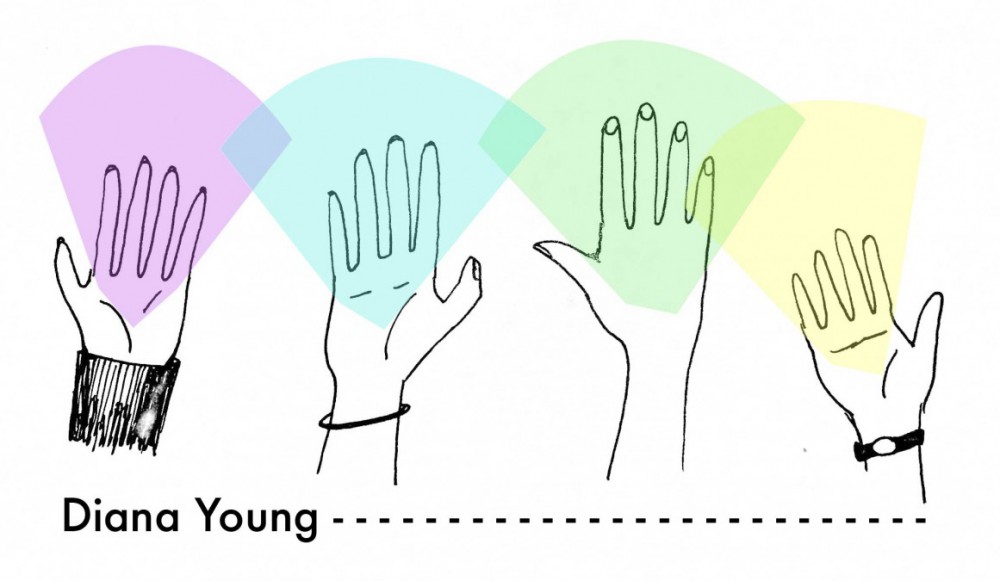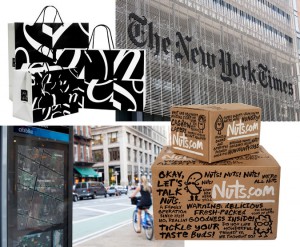The Man Who Designed Manhattan
by Anne Binlot
This article in the T-Magazine section of the New York Times website is about graphic designer Michael Bierut. Bierut designed the sign on the new NY Times building. Taking the physicality of the sign as a challenge, for one the people in the offices want to be able to see through their window. “Bierut and the design firm Pentagram found a simple solution: ‘We ended up decomposing the logo itself into 800 plus smaller pieces, each one is shaped like a teardrop” (Bierut). With the sign being broken up into smaller pieces that don’t obstruct the views, it also became a metaphor for “journalism as an enabler of transparency” (Bierut).
Bierut is a very accomplished designer having his hand in many icons in our New York City landscape. There is a retrospective of his work up at the SVA Chelsea Gallery featuring his sketchbooks, which you can flip through in this article. I loved looking at Bierut’s sketchbooks, you can really see him hashing out an idea in thumbnails taking it in different directions.










